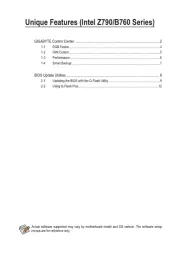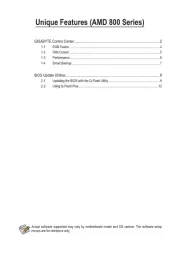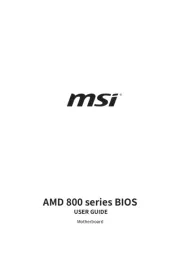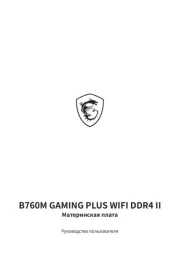FCC Compliance Statement:
This equipment has been tested and found to
comply with limits for a Class B digital device ,
pursuant to Part 15 of the FCC rules. These
limits are designed to provide reasonable
protection against harmful interference in
residential installations. This equipment
generates, uses, and can radiate radio
frequency energy, and if not installed and used
in accordance with the instructions, may cause
harmful interference to radio communications.
However, there is no guarantee that interference
will not occur in a particular installation. If this
equipment does cause interference to radio or
television equipment reception, which can be
determined by turning the equipment off and on, the user is encouraged to try to
correct the interference by one or more of the following measures:
-Reorient or relocate the receiving antenna
-Move the equipment away from the receiver
-Plug the equipment into an outlet on a circuit different from that to which
the receiver is connected
-Consult the dealer or an experienced radio/television technician for
additional suggestions
You are cautioned that any change or modifications to the equipment not
expressly approve by the party responsible for compliance could void Your
authority to operate such equipment.
This device complies with Part 15 of the FCC Rules. Operation is subjected to
the following two conditions 1) this device may not cause harmful interference
and 2) this device must accept any interference received, including interference
that may cause undesired operation.
DECLARATION OF CONFORMITY
Per FCC Part 2 Section 2. 107 7(a)
Responsible Party Nam e: G.B.T. INC.
Address: 18 305 Valle
Blvd., Suite#A
LA Puent, CA 91744
Phone/Fax No: (81 8) 854-9338/ (818) 854-9339
hereby declares that the product
Product Name:
Model Number:
Mother Board
Conforms to the foll owing specifications:
FCC Part 15, Subpart B, Section 15.10 7(a) and Section 15.109(a),
Class B Digital Device
Supplement ary Information:
This device complies with part 15 of the FCC Rules. Operation is subject to the
following two con ditions: (1) This device may not cause harmful
and (2) this device must accept any inference received, including
that may cause und esired operation.
Representative Person's Name: ERIC LU
Signature:
Date: Oct.23,2000
Eric Lu
GA-8TX




















